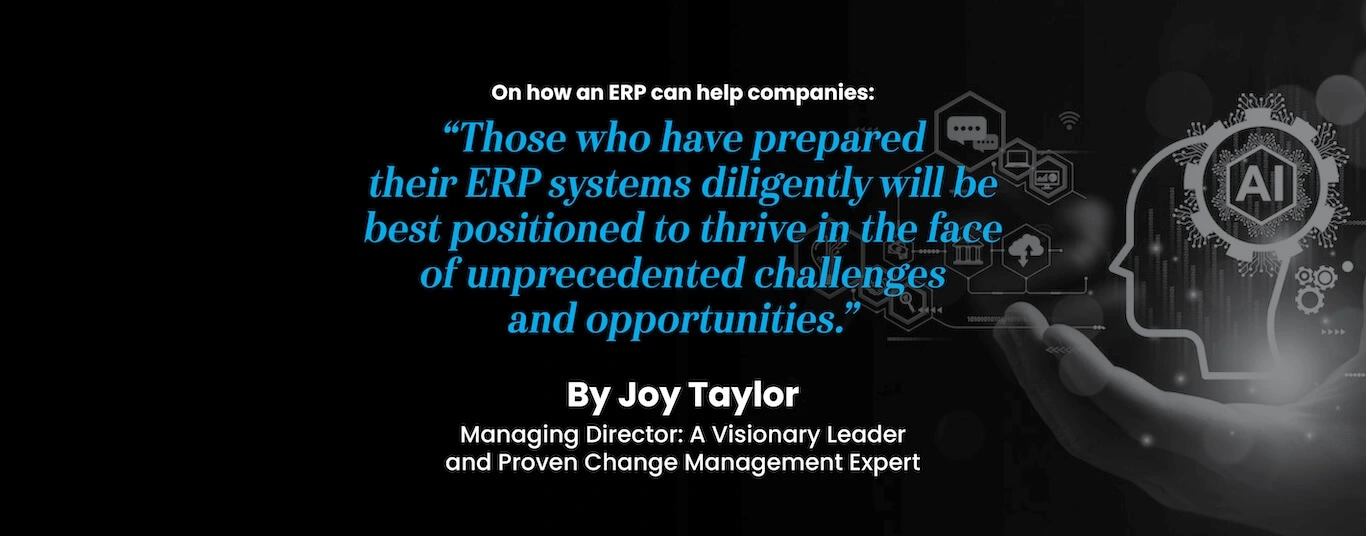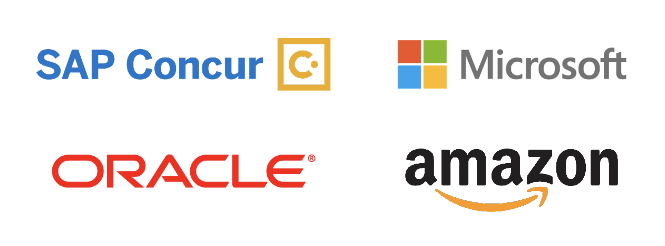
Joy Taylor, the Managing Director of alliantConsulting, shares some guidance on how an ERP can help companies lessen the unpredictability involved in recently implemented AI systems. This article originally appeared in Insight Jam, an enterprise IT community that enables human conversation on AI.
Implementing AI into your company has almost become a given (if not a necessity) at this stage in the game. The benefits are extensive and nearly endless, and the areas it can help companies improve are equally exciting. But navigating the potential benefits—and pitfalls—of AI integration is a risky venture, especially during the bustle of the end-of-year season and subsequent returns madness. That’s why this time of year makes it more critical than ever to have a strong enterprise resource planning (ERP) system in place to maximize operational visibility and eliminate the unpredictability of new technical systems while managing a higher production.
This peak season looks slightly different than most, given that 88 percent of industry leaders implemented AI in their manufacturing and supply chain operations this year. Undoubtedly, things will be running more autonomously and efficiently, but with new tech and modernized systems comes this element of unpredictability. Manufacturers also need advanced analytical insights into whether new tech is performing as expected.
Flawless cross-functional supply chain management and visibility will be critical to ensuring all new systems run as planned, which ultimately means prepping and maintaining a strong ERP system has never been more important.
Maximizing Visibility and Tech Returns
Modernization has the potential to revolutionize supply chain management. Manufacturers are using AI to optimize their inventory management, improve delivery route planning, and enhance quality control, to name just a few use cases. But while these companies and many others understand the upsides of AI, few are as familiar with the risk involved. There’s always a learning curve to be navigated, and to add to that, unproven processes, incorrect installation, or little synergy with other systems also pose a challenge.
Without a complete bird’s-eye view of the value chain, even a tiny process error that would otherwise be hard to catch could cause a disruption. It might be a struggle to identify where this interruption is coming from. As a result, operators can’t pivot fast enough, missing those vital holiday season delivery deadlines.
To increase on-time delivery rates, a manufacturer might onboard an AI platform offering predictive routing tools to optimize delivery routes in an increasingly complicated supply chain. The platform may suggest splitting loads or choosing alternative routes during peak congestion. Ideally, everything runs as planned, allowing seamless adjusting on the fly, but we can’t count on this alone.
A strong ERP system can be the first and second line of defense. First, by providing complete visibility into how the platform operates and its outputs. Second, it can maximize the performance of this new system by cross-referencing the AI-suggested routes with additional factors like delivery schedules, cost constraints, or carrier agreements to ensure consistency across all enterprise nodes.
Optimizing ERP Systems
The benefits of a strong ERP system are clear, but getting there is the tricky part. As big-name providers like Oracle, SAP, and now Microsoft are sunsetting their legacy ERP products and support, it’s an especially critical time to reflect on current systems and identify areas for revamping and improving.
There are a few best practices for maintaining a healthy ERP infrastructure that must be top of mind. One must-have is rigorous, comprehensive testing. A proper testing regimen prepares ERP systems for the volatility needed for the demands of an end-of-year holiday season. Things like simulating peak load conditions assist in identifying and addressing potential issues before they impact real operations.
Another best practice is data cleansing. As manufacturers navigate massive loads of new data from their AI adoption efforts, auditing both new and existing data will allow them to prioritize based on relevancy and erase obsolete information to make sure the system is operating as efficiently as possible.
Ultimately, ERP dashboards are indispensable visibility tools, and having a strong one alongside modernization efforts is a great way to make the most of new tech investments. Without an ERP system to manage an abundance of new data across the board, companies cannot respond quickly to disruptions, such as supplier failures or shipping delays.
By leveraging this centralized hub, manufacturers can be confident that their new AI integration—within one process or across the entire enterprise—is fully aligned from department to department. In an era of such rapid change and unpredictability, success lies in adopting new technologies and implementing them with thoughtful, careful intent. Those who have prepared their ERP systems diligently will be best positioned to thrive in the face of unprecedented challenges and opportunities.

Joy Taylor is a Managing Director with alliantConsulting. As a visionary leader and proven change management expert, she isn’t just a consultant; she’s a force of nature in the world of business transformation. With over twenty-five years of cross-functional experience, Joy applied her expertise in program transformations, project leadership, strategy and execution, team facilitation, change management, communication, and Lean Sigma to everything from startups to multibillion-dollar enterprises. Her impressive track record speaks volumes, but her accolades and career milestones set her apart as a critical advisor for CEOs.










